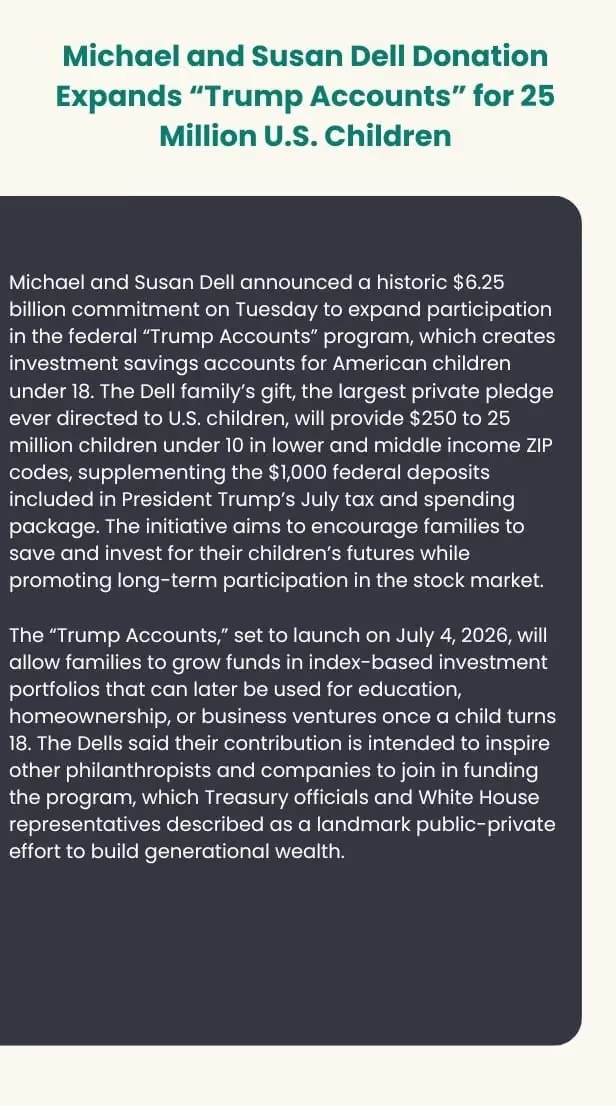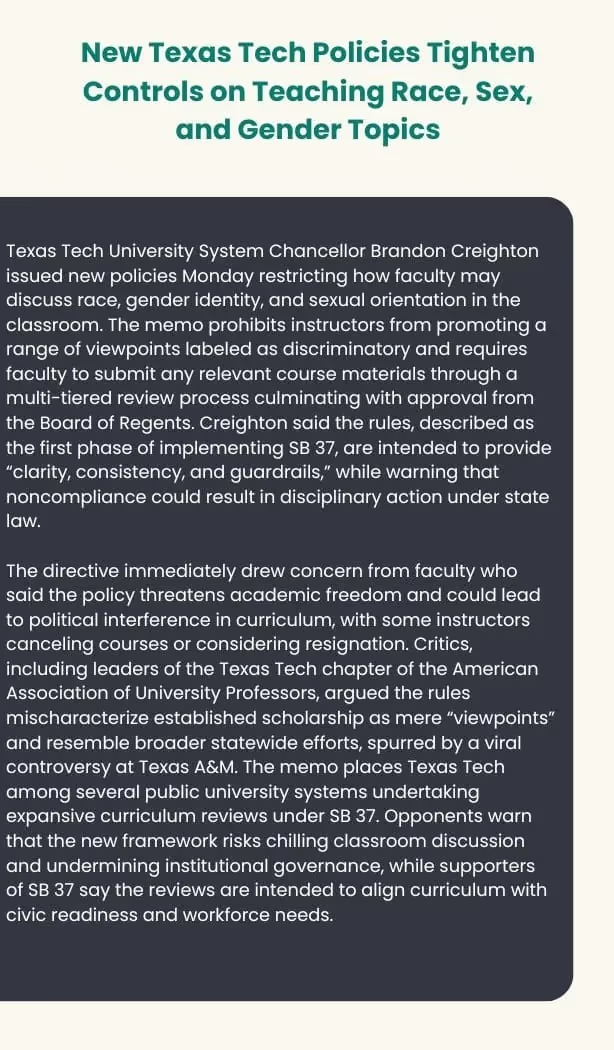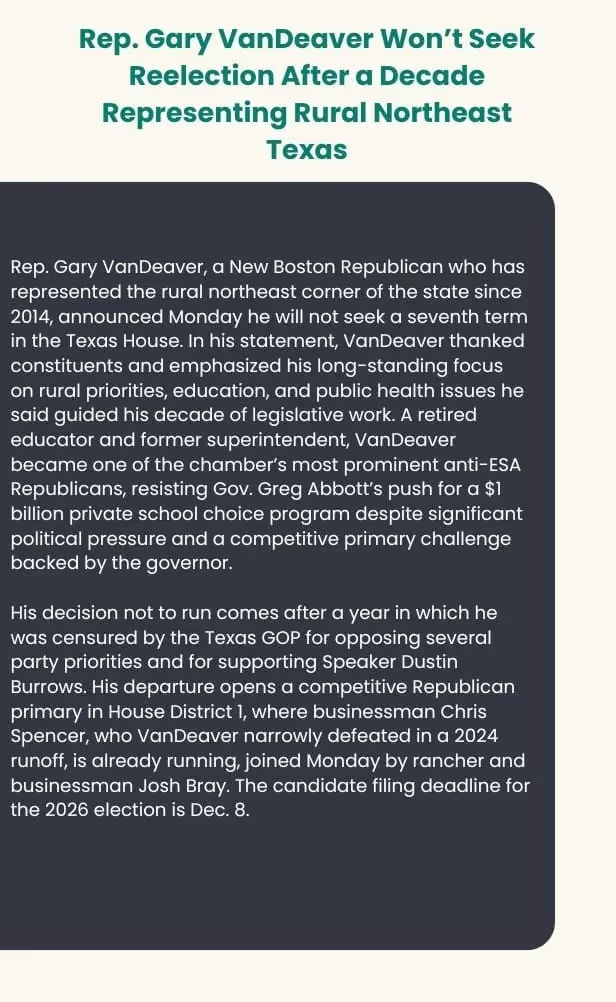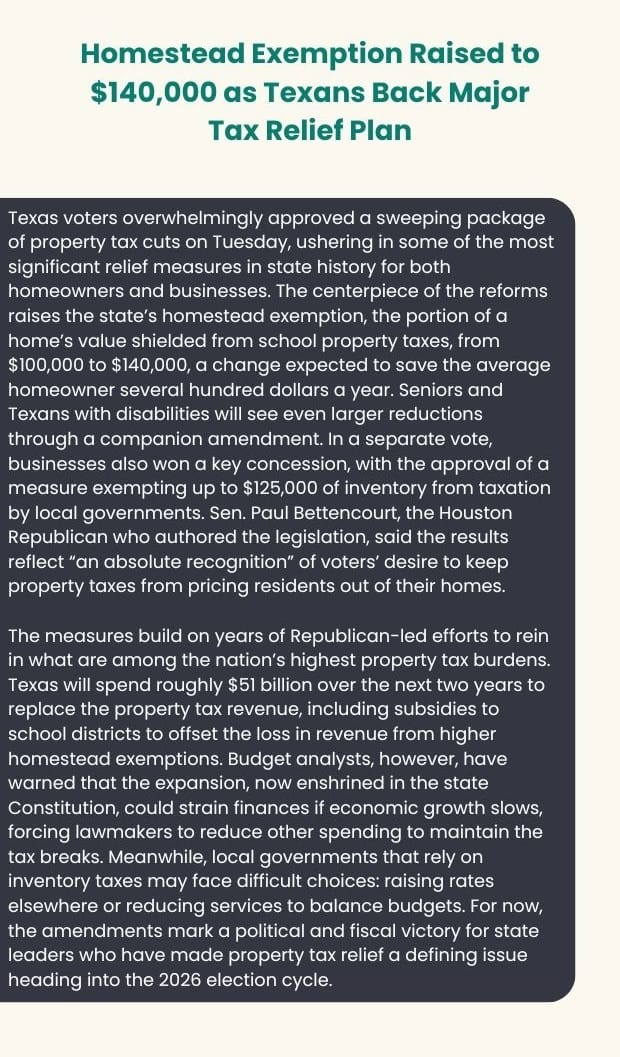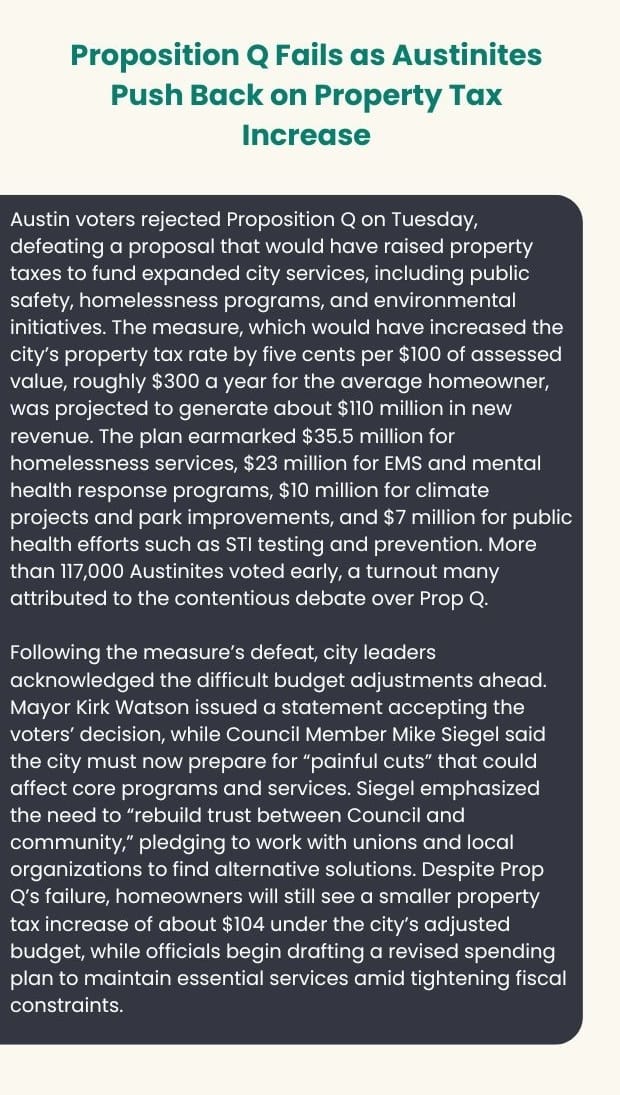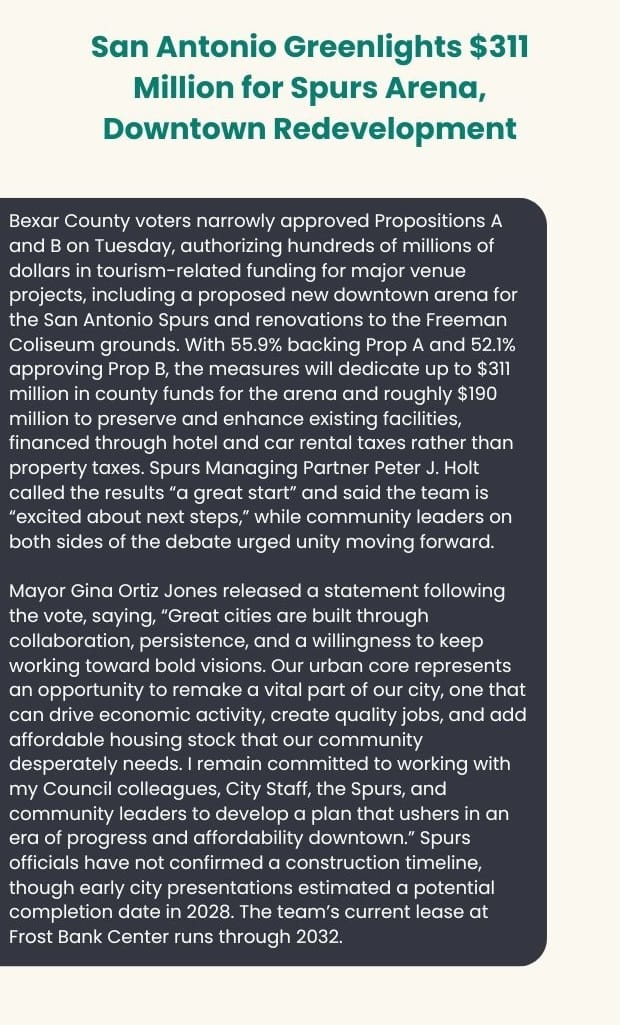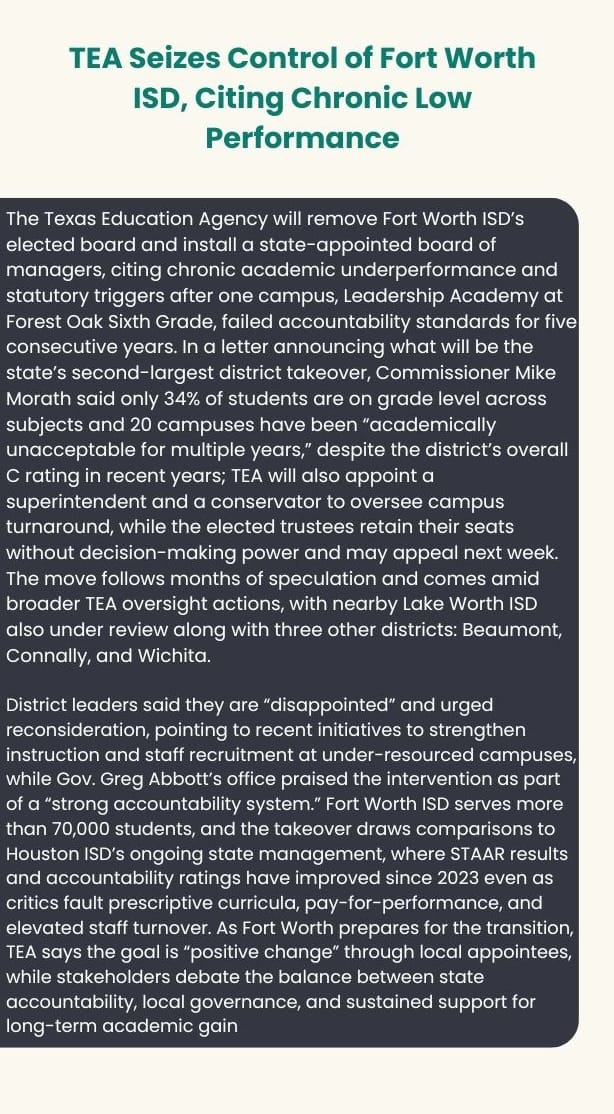Four suburban North Texas districts are at various stages of turning increasingly competitive or outright friendly to Democratic candidates. One flipped in 2018. Two more are poised to flip in 2020, and the fourth may remain just out of reach, even though it, like the other three, was bluer than the state two years ago.
When they were drawn in 2011, the four districts ranged between 3.3 and 6.5 percentage points redder than the state as a whole based on the 2010 general election. As late as 2016, three were still 0.7 to 3.2 percentage points redder than the state as a whole, but the fourth had crossed over and was now 2 full percentage points bluer. Following President Trump’s election, all four districts suddenly shifted between 2.6 and 4 percentage points bluer, ending the legislative career of then-Rep. Ron Simmons (R-Carrollton) and creating close calls for Reps. Jeff Leach (R-Allen) and Matt Shaheen (R-Plano). Rep. Lynn Stucky (R-Sanger) won more comfortably, but it was nonetheless the closest race in HD64 in its current configuration.
We project those blue-ward shifts to continue, though not by as much as the last cycle, and rate HD65 and HD66 as Lean Democratic, HD67 as a Toss Up and HD64 as Lean Republican.
A large part of the political shift in these districts has been driven by an increase in straight-party Democratic voting. Even though the single-punch, straight-party option is not on the ballot in 2020, its recent history weighs heavily on our projections. Around 70% of straight-party votes were cast by Republicans in these four districts in 2010, the last election before the districts were drawn. By 2018, the Republican share of straight-party votes had slipped to between 47% and 48% in HD65, HD66 and HD67. In HD64, it had fallen to 58%. A record number of straight-party Democratic votes were cast in each district in 2018, nearly triple the amounts cast four years earlier.
As a result, the Republican incumbents’ and candidates’ advantage in straight party voting fell in each district to their lowest levels since they were drawn.
We included 2008 in this chart because that was a relative high-water mark for Democrats, particularly in the Texas House, who came within one seat of a tie only to fall to a historic low two years later as the state’s voters reacted to President Obama’s first two years in office. Very high Democratic turnout in 2018, relative the two most recent gubernatorial election years, was likely a response to President Trump’s first two years in office, bolstered by an engaging and well-funded U.S.Senate campaign from former U.S. Rep. Beto O’Rourke (D-El Paso).
But something else happened in these four districts. For the first time since they were drawn, the Democratic challenger won a majority of the full-ballot vote in each district. Full-ballot voters are anyone who does not cast a single-punch, straight-party vote, and thus they vote their full ballot (or at least selective races) by marking names individually. Between 2012 and 2016, no Democratic candidate for any of these districts had received at least 40% of the full-ballot vote. In 2018, the received between 51% and 58% percent, and that latter number was enough for Michelle Beckley (D-Carrollton) to overcome Simmons’s straight-party voting advantage. The shift in full-ballot voting in all four districts was dramatic from 2016 to 2018:
- Shaheen – 20.5 percentage points, from 65.9% in 2016 to 46.4% in 2018
- Simmons – 18.9 percentage points, from 61.2% to 42.3%
- Stucky – 14.4 percentage points, from 61.1% to 46.7%; and
- Leach – 13.6 percentage points, from 62.4% to 48.8%.
We have historically considered full-ballot voters to be “independents” in the sense that they did not vote an entirely partisan ballot. Many may very well have voted mostly, if not entirely, for candidates of one party. What’s clear in these districts is that the lean of this group of voters shifted toward the Democrats following Trump’s election.
Trump won all four districts in 2016. Three of them – HD65, HD66 and HD67 – were among his smallest margins of victory of any district in the state, including state Senate and congressional districts. In the chart below, the Republican listed was the incumbent entering the 2018 general election. Sixteen of these seats flipped in 2018.
In addition to the shift in the district’s electorate generally, we look at whether individual candidates tend to over- or under-perform the other candidates on the ticket in the district. In 2018, Stucky over-performed by 1.4 percentage points, but the other three incumbents in these districts under-performed. Shaheen received 1.1 percentage points less than the average statewide Republican, measured head-to-head against the Democrats, while Simmons (0.3%) and Leach (0.2%) finished closer to the mean.
So far, this analysis has focused on partisan labels and the incumbents’ past performance while ignoring their actual opponents. We’ll take each in turn.
HD64 (Lean Republican): Stucky faces Denton university adjunct professor Angela Brewer, who was unopposed in the Democratic primary. Thus far, Stucky has significant advantages in campaign resources, out-raising the challenger, $268K to $68K, and outspending her, $239K to $21K, through June 30. He entered July with a $160K advantage in cash on hand. Brewer has been endorsed by Annie’s List and various progressive groups, but that has not yet led to competitive levels of fundraising.
HD65 (Lean Democratic): Freshman Rep. Michelle Beckley (D-Carrollton) is the second most vulnerable Democratic incumbent this cycle based on our projections, and this is probably the best shot the Republicans have at a pick-up. She faces Lewisville business owner Kronda Thimesch, who has out-raised the incumbent, $215K to $177K, for the cycle and has a slight advantage in cash on hand, $64K to $49K. Beckley’s COH total is the lowest for any Democratic incumbent defending what we consider a competitive seat this year, and she raised just $64K since her primary victory over Paige Dixon, 67%-33%. Thimesch defeated Nancy Cline, 58%-42%, in the Republican primary and has raised $88K since.
HD66 (Lean Democratic): Shaheen faces a rematch against Plano school administrative aide Sharon Hirsch, who came within 1K votes of flipping the seat in 2018. The challenger has out-raised Shaheen, $292K to $191K, for the election cycle, including a $218K to $46K advantage in the last reporting period. Shaheen was unopposed in the primary, so his last reporting period was the first six months of the year. Hirsch had a primary opponent, so her reporting period began in late February. Hirsch has already raised more than triple the amount she received during the entire 2017-18 election cycle. Shaheen’s campaign strength cannot be evaluated solely based on contributions. He is capable of self-funding if needed and outspent Hirsch by more than $800K last cycle.
HD67 (Toss Up): Leach holds significant advantages over challenger Lorenzo Sanchez, a Plano real estate agent. The incumbent has $409K more on hand, has out-raised the challenger by more than $418K, has outspent the challenger by more than 3-to-1, and Leach had no primary opponent. Sanchez narrowly defeated Tom Adair, 51%-49%, after the two emerged from a four-way primary election. Leach held even larger advantages over his 2018 opponent, who he defeated by fewer than 2K votes. Sanchez has already raised nearly triple the total raised by Leach’s 2018 challenger. That said, the candidate we thought was the strongest potential challenger, Rocio Gosewehr Hernandez, narrowly missed the runoff, finishing just behind Sanchez. She endorsed Sanchez shortly after the March primary.
Democrats’ road to a House majority likely requires holding HD65 and flipping HD66 and HD67. We expect all three Democratic nominees to receive significant financial support in the coming months, as we also expect the Republicans to remain competitive and probably ahead in every race discussed here.
Our models are based on trends and hard numbers, not individual candidates’ appeals to voters. In an era when straight-party voting reached as high as 70% of all votes cast, there is little room for a candidate to break meaningfully better (or worse) than their party’s other candidates. That’s our expectation here. The greater partisan lean of voters, especially those who traditionally did not vote straight-party, will likely have more impact in each of these races than any single candidate, particularly when the presidential contest looms so large.
©2020 Texas Election Source LLC






.avif)

















.avif)


